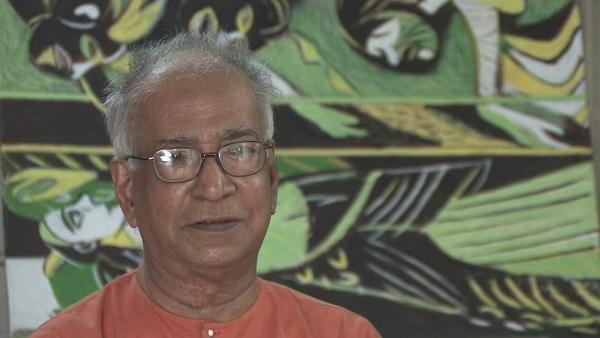NEXT STORY

Playfulness and not conforming to one style
RELATED STORIES

NEXT STORY

Playfulness and not conforming to one style
RELATED STORIES



Many of the things that are exported respond to a market outside which is not very sensitive to the finer quality of the crafts goods made here. It is true of even the internal market, but in the internal market you can educate them a little better if you show them the right things. Now, when I was travelling in the United States, I mean there was a very nice old lady who was host to us in Santa Fe, so she was very sorry that Indian craft was languishing, and then she said that in fact America has a big market, so really you can export various goods here. Then she suddenly said, ‘You see those coffee spoons with an elephant at the end?’ Now, you see the kind of buyer I mean - he has a specification of that kind, and then the whole question is we don’t quite realise that even if we enthusiastically think of creating a big market in the United States, how big will that market be? In fact, Indian craftsmen, if they fully, I mean if the Indian public realises that they can sustain it, the biggest market is within the country, and that is what we need to sort of cultivate. So, this problem remains, and people don’t quite realise that. Sometimes this has, because of the change in the ways of life, this has done harm to the whole craft culture of other countries because when I went to Mexico I found that Mexico had various traditions of handmade objects including sculpture and things of that kind, but what now remains intact is only those categories which cater to the needs of the American tourist or the tourists from the rest of the world. But no country like this, except probably China and Japan can compare with the widespread crafts except that India has. India has still maybe certain things have gone out of work, but still India has a great variety of craft practice which can be sustained and probably made to sort of succeed in making a whole craft culture like at one time. But then we can only try.
KG Subramanyan (1924-2016) was an Indian artist. A graduate of the renowned art college of Kala Bhavana in Santiniketan, Subramanyan was both a theoretician and an art historian whose writings formed the basis for the study of contemporary Indian art. His own work, which broke down the barrier between artist and artisan, was executed in a wide range of media and drew upon myth and tradition for its inspiration.
Title: Elephant coffee spoons - the difficulty of cultivating a sustainable Indian craft culture
Listeners: Timothy Hyman
Timothy Hyman is a graduate of Slade School of Fine Art, London, in which he has also taught. In 1980 and 1982, he was Visiting Professor in Baroda, India. Timothy Hyman has curated many significant art exhibitions and has published articles and monographs on both European and Indian artists.
Duration: 2 minutes, 54 seconds
Date story recorded: 2008
Date story went live: 10 September 2010